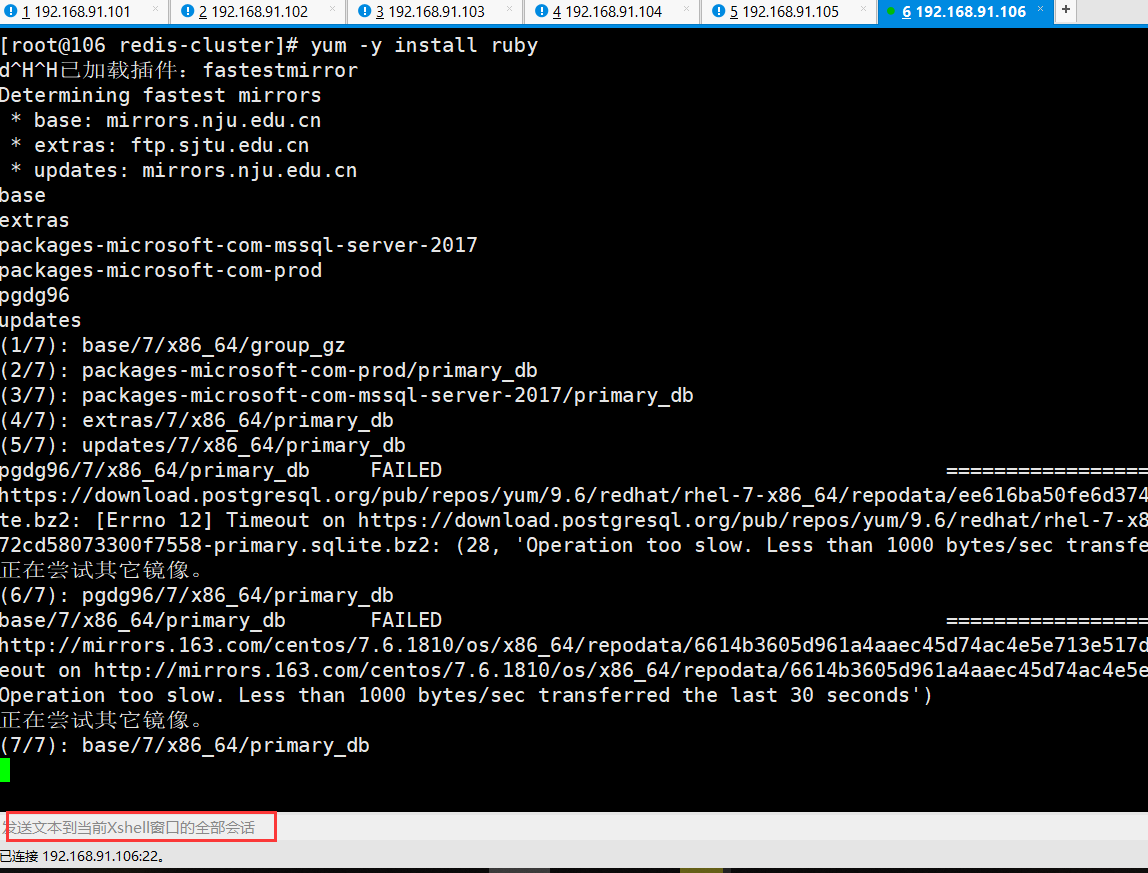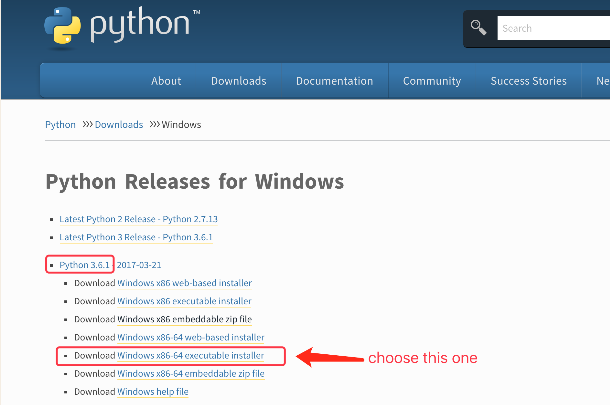我是Clojure的新手.在试验它时,我写了一个函数来计算n!.我的Clojure代码如下:
(defn factorial
[n]
(reduce * (biginteger 1) (range 1 (inc n))))
然后我在repl中运行以下内容.
(time (factorial 100))
这就是结果:
"Elapsed time: 0.50832 msecs" 93326215443944152681699238856266700490715968264381621468592963895217599993229915608941463976156518286253697920827223758251185210916864000000000000000000000000N
def factorial(n) start = Time.Now.to_f (2..n).inject(1) { |p,f| p * f } finish = Time.Now.to_f time_taken = finish - start puts "It took: #{(time_taken * 1000)} msecs" end
with irb我跑了阶乘(100)
导致:
It took: 0.06556510925292969 msecs => 93326215443944152681699238856266700490715968264381621468592963895217599993229915608941463976156518286253697920827223758251185210916864000000000000000000000000
Ruby版本的性能似乎要大得多,尽管我见过大多数证据表明Clojure应该具有卓越的性能.有什么我误解的东西或我的Clojure解决方案的某些元素会减慢它的速度吗?
解决方法
Miro-benchmarkinging经常会产生误导,一般而言,很难做到正确.在clojure中获得合理接近的最简单方法(我发现是标准库(感谢Hugo!).如果我从一个简单的循环计算阶乘的丑陋版本开始,我得到大约3 ns.
user> (defn loopy-fact [x]
(loop [y x
answer-so-far 1]
(if (pos? y)
(recur (dec y) (*' answer-so-far y))
answer-so-far)))
#'user/loopy-fact
user> (loopy-fact 100)
93326215443944152681699238856266700490715968264381621468592963895217599993229915608941463976156518286253697920827223758251185210916864000000000000000000000000N
然后让我们对它进行基准测试:
user> (criterium.core/bench #(loopy-fact 100)) WARNING: Final GC required 11.10521514596218 % of runtime WARNING: Final GC required 1.069604210579865 % of runtime Evaluation count : 12632130300 in 60 samples of 210535505 calls. Execution time mean : 2.978360 ns Execution time std-deviation : 0.116043 ns Execution time lower quantile : 2.874266 ns ( 2.5%) Execution time upper quantile : 3.243399 ns (97.5%) Overhead used : 1.844334 ns Found 4 outliers in 60 samples (6.6667 %) low-severe 2 (3.3333 %) low-mild 2 (3.3333 %) Variance from outliers : 25.4468 % Variance is moderately inflated by outliers
如果我们通过使用普通的Clojure样式,使用map和reduce,使代码看起来更好,并且没有努力使它快速.
user> (defn mapy-fact [x]
(reduce *' (range 1 (inc x)))
#'user/mapy-fact
user> (mapy-fact 100)
933262154439441526816992388562667004907159682643816214685929638952175999932299156089414639761565182862536979208272237582511852109168640000000000000000000000N
现在让我们看看它是如何比较的:
user> (criterium.core/bench #(mapy-fact 100))
Evaluation count : 8674569060 in 60 samples of 144576151 calls.
Execution time mean : 5.208031 ns
Execution time std-deviation : 0.265287 ns
Execution time lower quantile : 5.032058 ns ( 2.5%)
Execution time upper quantile : 5.833466 ns (97.5%)
Overhead used : 1.844334 ns
Found 4 outliers in 60 samples (6.6667 %)
low-severe 1 (1.6667 %)
low-mild 3 (5.0000 %)
Variance from outliers : 36.8585 % Variance is moderately inflated by outliers
它有点慢,但只慢了两纳秒.
这比你在测试中看起来要好得多,因为标准运行该函数的次数足以让JVM的Hotspot编译器绕过来编译它并内联所有部分.这说明了为什么微基准测试在JVM上会产生误导.你几乎肯定会对这种情况保持标准.
PS:*’是“自动提升”乘法运算符,它会根据需要将其类型提升为大整数或大小数


